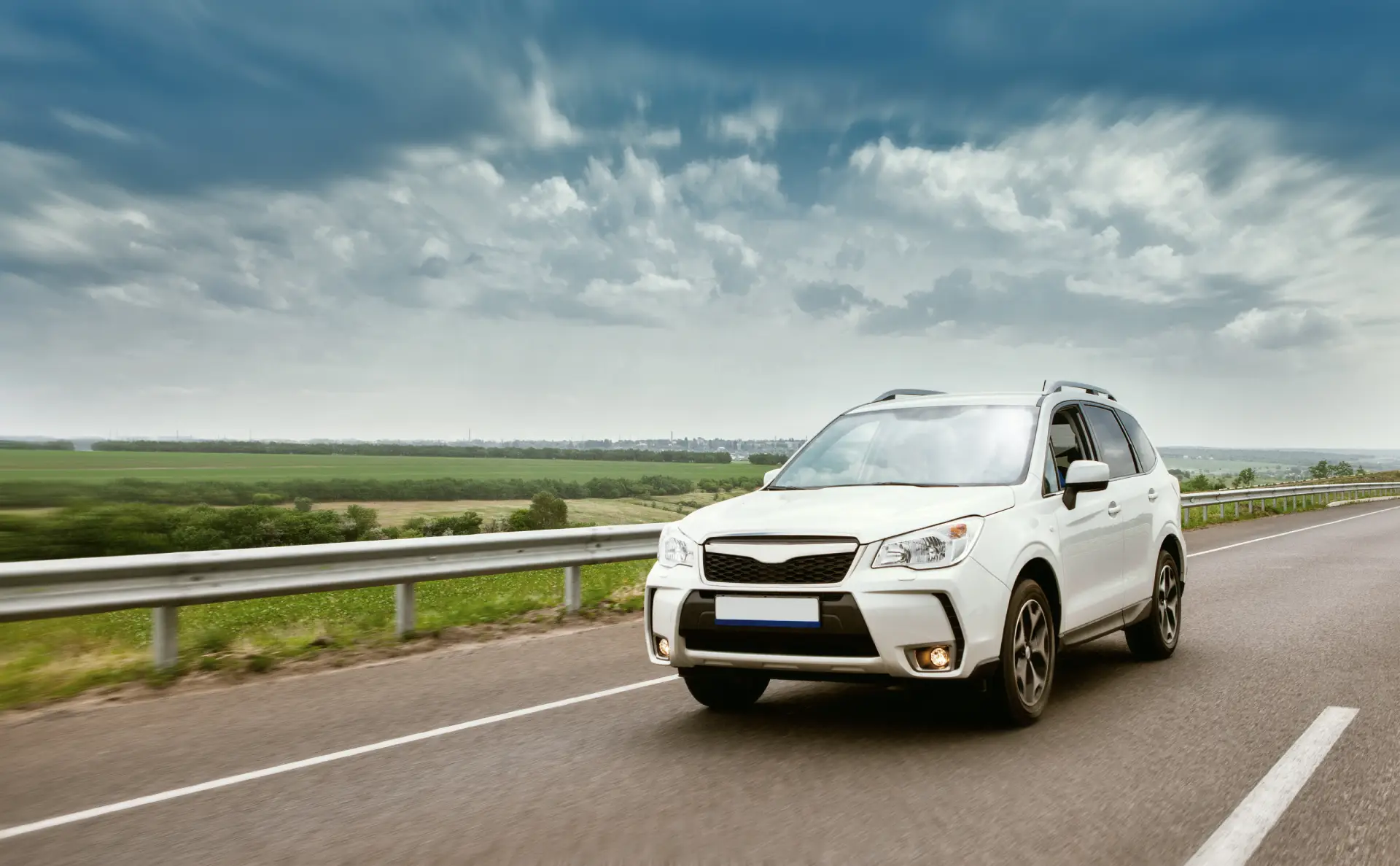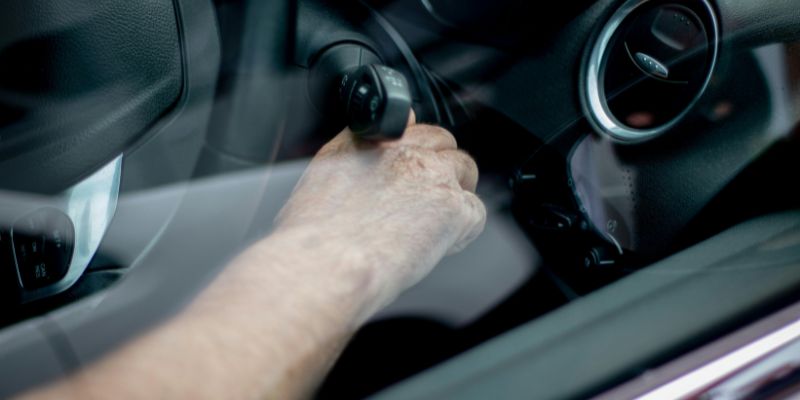Does Turning Your Car off at Red Lights Save Gas? Discover Facts
Yes, turning off your car at red lights can save gas. It reduces fuel use by stopping the engine.
But, it depends on several factors. Saving gas is important for drivers. Fuel costs are high, and everyone wants to spend less. Turning off the car at red lights seems like a simple solution. Many drivers wonder if this action can help.
Understanding the impact on fuel consumption matters. Traffic lights can be unpredictable. If the wait is long, turning off the car might help. But, frequent starts and stops can wear out the engine. Balancing fuel savings and car health is crucial. In this blog, we explore if turning off your car at red lights truly saves gas. You’ll learn how this practice affects fuel use and your vehicle’s condition.
Red Light Idling Myths
Many people think turning off the car saves gas. Some believe it’s good for the engine. Others worry about the car starting again. These thoughts are common. But are they true? Let’s find out.
Studies show that idling wastes fuel. Turning off the engine can save gas. Cars use less fuel when off. Newer cars are designed for this. Restarting the engine uses a little gas. But it’s often less than idling for long periods. Some experts say if you stop for more than 10 seconds, turn off the car. This can help reduce fuel costs over time.
Gas Consumption Mechanics
Engines use fuel to make power. This power moves the car. Efficient engines use less fuel. They make more power with each drop of fuel. Small engines often use less fuel. Big engines can waste more. Keeping an engine efficient is important.
Cars use more fuel when they stop and start. Idling at red lights burns fuel. Turning off the engine saves gas. But starting again uses a bit more fuel. Short stops might not save much. Long stops save more gas. Smart driving helps save fuel overall.
Impact Of Restarting Engines
Wear and Tear on a car engine happens every time it starts. Restarting the engine often can increase this wear. But modern engines are built to handle it. They can last a long time even with many starts. Older cars might face more problems. Their engines are not as strong. Frequent starting can lead to more repairs.
Battery Concerns arise when you turn the car off and on. The battery gets used more. This can shorten its life. But most car batteries are strong. They can handle many starts. Keeping the battery in good condition is important. Regular checks help it last longer. Always ensure the battery is fully charged.
Environmental Considerations
Stopping your car at red lights can reduce fuel consumption. The engine idling wastes gas and adds to pollution. Turning it off saves fuel and benefits the environment.
Emission Reduction
Turning off your car at red lights helps reduce emissions. Cars release harmful gases when running. These gases pollute the air. By turning off the engine, less gas is burned. This means fewer emissions. Cleaner air results from reduced emissions. Every car contributes to cleaner air when engines are off at stops.
Air Quality Impact
Improving air quality is crucial for health. Pollution causes breathing problems. Smog and bad air are harmful. Turning off cars at red lights cuts pollution. It makes the air cleaner for everyone. Cleaner air means healthier lungs. Children and elderly benefit most from clean air. Every small action helps improve air quality.
Technological Advancements
Start-stop systems help save fuel. They turn off the engine at stops. The engine starts again when you press the gas pedal. This system is common in modern cars. It reduces the time the engine is idle. Less idling means less fuel used. This is good for the environment. It also saves you money on gas.
Hybrid and electric cars use electric power. They are different from regular cars. These cars use less gas. Hybrids use both gas and electric power. Electric cars use only batteries. They are very quiet. These cars help reduce pollution. They are a good choice for the planet. Many people like them for their fuel efficiency.

Credit: autolandllc.com
Cost-benefit Analysis
Turning off your car at red lights can save fuel. Engines use less gas when they are off. Idling consumes fuel
Frequent restarts might affect your car’s parts. Batteries and starters are used more. This can lead to more wear and tear. Some cars are designed to handle frequent starts. Others might need more care. Maintenance costs could rise. Parts might need changing sooner. Weigh the savings against the costs. Balance is key. Regular car checks help. Keep your car in good shape.
Driver Behavior
Many drivers wonder if they should turn off their cars at red lights. Some people think it saves gas. Others worry it might hurt the car. In some places, this habit is very popular. But in other areas, drivers rarely turn off their engines. Young drivers might try this more often. Older drivers might not like changing habits. Different areas show different adoption rates. The choice depends on many things. Traffic patterns, car types, and local rules can affect choices. Sometimes, people just follow what others do.
Turning off the car at red lights can seem scary. What if the car doesn’t start again? This could cause a problem. Some drivers feel nervous about this. They worry about getting stuck. Quick restarts are important at busy intersections. Delays might make other drivers angry. People need to feel safe when driving. Cars with automatic start-stop systems help. These cars handle turning off and on by themselves. People feel safer with these systems. But not all cars have them. Safety is a big concern for many.
Practical Tips
Turning off the car at red lights can save gas. Short stops are not ideal. Turn off the engine for longer stops. If waiting more than a minute, it’s better to turn off. Traffic jams and long lights are good times to do this. But always be ready to start again quickly. Some cars have start-stop features. These can make it easier.
Idling wastes fuel. Avoid it when possible. Instead, park the car if waiting long. Use public transport for short trips. Walking is healthy and saves gas too. Carpooling with friends is a good idea. It reduces the number of cars on the road. Ride a bike for short distances. It’s fun and eco-friendly. Every small change helps save gas.
Frequently Asked Questions
Should I Turn My Car Off At The Red Light?
Turning off your car at red lights can save fuel and reduce emissions. It depends on the traffic situation and duration of the stop. If the stop lasts more than a minute, consider turning the engine off to conserve energy.
Always prioritize safety and convenience.
Does Turning Off Your Car At Lights Save Gas?
Yes, turning off your car at lights can save gas. Idling consumes fuel unnecessarily. For longer stops, it’s efficient to turn off the engine. This practice reduces fuel consumption and emissions, making it more environmentally friendly. Consider using this method to enhance fuel efficiency.
Is Auto Start Stop Bad For Your Car?
Auto start-stop systems generally don’t harm cars. They improve fuel efficiency and reduce emissions. Some wear on the starter and battery may occur, but modern vehicles are designed to handle this. Regular maintenance ensures longevity. Always consult your vehicle’s manual for specific guidance and recommendations.
Does Parking At Red Lights Save Gas?
Stopping at red lights can save gas by reducing unnecessary acceleration. Efficient driving lowers fuel consumption. Maintain a steady speed and avoid rapid starts and stops. This not only conserves fuel but also extends your vehicle’s lifespan. Always drive smoothly for better gas mileage.
Conclusion
Turning off your car at red lights can save gas. The savings depend on your vehicle’s efficiency. Short stops might not make a big difference. Longer waits often lead to noticeable savings. Consider your engine’s condition and local traffic patterns.
Use your judgment in each situation. Small changes can lead to fuel savings. Every bit helps in the long run. Try this method to see results.







